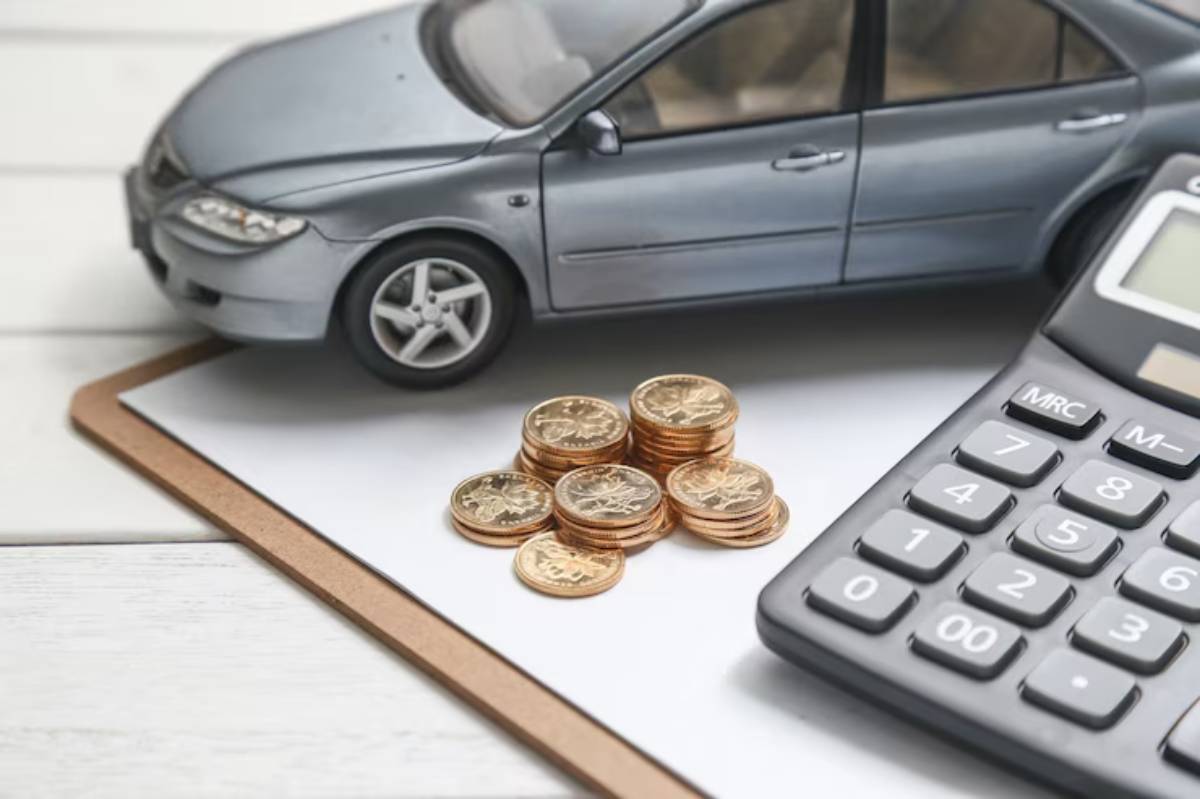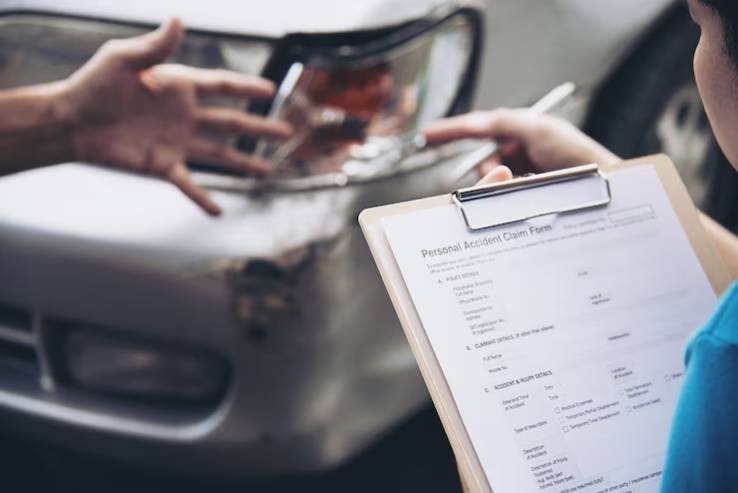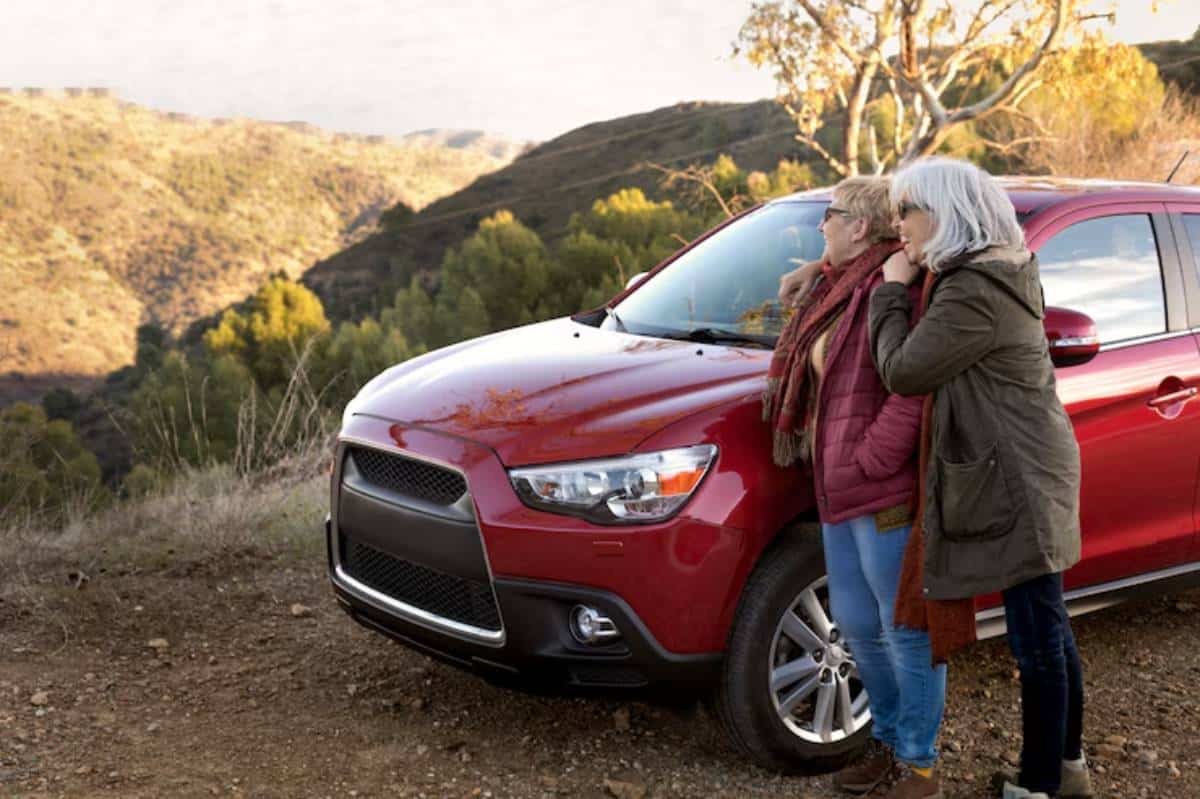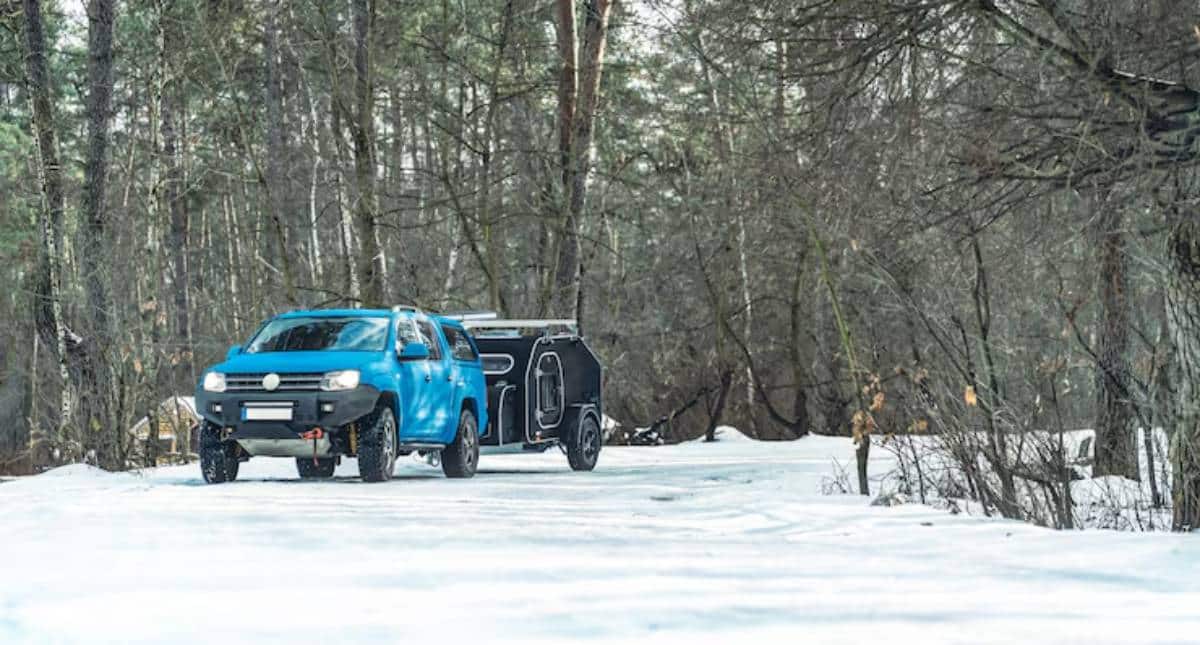
How to Compare SUV Insurance Rates for Families
When choosing the right SUV for your family, insurance might not be the first thing on your mind — but it should be. It’s important to find the right mix of protection and price, especially when you transport valuable items.
This guide helps you compare SUV insurance quotes. You’ll learn how to evaluate family car insurance coverage and find affordable options. Get insurance that suits your lifestyle and budget while ensuring safety and service.
Pro Tip: A good comparison can save you hundreds each year. It also helps protect what matters most.

Quick Guide: Key Factors That Affect SUV Insurance Costs
- Vehicle size, model, and safety rating
- Driving record and claims history
- Postcode and parking arrangements
- Annual mileage and use (commuting vs. leisure)
- Named drivers (age and experience)
- Optional extras (breakdown, legal, child seat cover)
Important: No two families are the same — your policy should reflect your needs, not just averages.
Step-by-Step: How to Compare Family SUV Insurance Rates
Step 1: Understand What Coverage You Actually Need
Before getting quotes, clarify the type of cover required.
Types of car insurance in the UK:
| Cover Type | What It Includes |
| Third Party Only | Minimum legal requirement — covers others’ damages only |
| Third Party, Fire & Theft | Adds cover for theft or fire damage to your SUV |
| Comprehensive | Covers your car and others’, regardless of fault |
Quick Tip: Comprehensive doesn’t always cost more — sometimes it’s cheaper due to driver profile and risk.
Step 2: Gather Accurate Vehicle Details
The more accurate your information, the more accurate your quote.
What you’ll need:
- Vehicle registration number (or exact make, model, and variant)
- Year of registration
- Engine size and fuel type
- Estimated value and annual mileage
- Where it’s parked overnight
- Any modifications (even minor ones)
Pro Tip: Use your logbook (V5C) or dealership invoice to verify key details.
Step 3: Use Multiple Comparison Tools
Don’t rely on just one site — different platforms include different insurers.
Best places to start:
| Tool | Feature |
| Compare the Market | Rewards and easy renewals |
| Confused.com | Regular cashback offers |
| GoCompare | Includes extras like breakdown or excess protection |
| Direct Insurers | Check brands like Aviva, Admiral, or LV= separately |
Quick Tip: Use private browsing mode when comparing — repeated searches can inflate prices.
Step 4: Evaluate What Each Policy Actually Includes
Cheapest doesn’t always mean best. Look closely at what’s included — and what’s not.
Policy features to review:
- Courtesy car provision
- Windscreen repair
- Child car seat replacement
- Breakdown cover (UK or Europe)
- Legal assistance
- Protected no claims discount
- Excess amount (voluntary and compulsory)
| Feature | Ideal for Families? |
| Child seat cover | Yes – often included in comprehensive plans |
| Low excess | Yes – avoids high out-of-pocket costs |
| Legal cover | Helpful if involved in an accident dispute |
Sustainability Tip: Some insurers now offer paperless policies and eco discounts for hybrid or EV SUVs.
Step 5: Add Named Drivers Strategically
Adding a more experienced driver may lower your rate — but not always.
Named driver tips:
- Avoid adding inexperienced or high-risk drivers unless necessary
- Include anyone who regularly drives the vehicle
- Always declare named drivers accurately
Pro Tip: Adding your partner as a named driver can sometimes reduce your premium, even if they don’t drive daily.
Step 6: Factor in Your Driving Habits
Insurers reward lower-risk usage. Being honest about how you use your SUV helps avoid claim issues later.
Questions to consider:
- Do you drive daily or only on weekends?
- How far is your average commute?
- Will you use the SUV for business travel?
- Is it kept in a driveway, garage, or on the street?
| Use Type | Impact on Premium |
| Social + commuting | Standard risk |
| Business use | Slightly higher |
| Garage storage | Usually cheaper |
Quick Tip: Lower mileage bands (under 8,000 miles/year) often unlock cheaper premiums.
Step 7: Consider Pay-As-You-Go or Telematics Policies
Especially for low-mileage drivers or younger families, tech-based policies can help.
How it works:
- A device (or app) monitors driving habits — speed, braking, night driving
- Safer driving = lower renewals
- Some offer discounts up front
| Telematics Benefit | Ideal For |
| Instant premium reduction | Families with clean records |
| Safer teen drivers | Tracks risky behaviours |
| Occasional drivers | Pay only for what you use |
Pro Tip: Always review the terms. Not all telematics policies are flexible.

Family-Focused Insurance Features to Look For
| Feature | Why It Matters |
| Child car seat replacement | Covers damage after an accident |
| Windscreen repair | Crucial for long road trips |
| Courtesy car | Keeps life moving while yours is repaired |
| 24/7 helpline | Especially useful during school runs or holidays |
Sustainability Note: Ask about green replacement parts or carbon-neutral claims handling.
Common Mistakes to Avoid
| Mistake | Better Approach |
| Auto-renewing without comparison | Always get fresh quotes at renewal |
| Choosing lowest excess blindly | Balance affordability with risk |
| Ignoring policy limits | Read the fine print before buying |
| Fudging mileage estimates | Be honest — inaccuracies can void claims |
Pro Tip: Store a copy of your policy (digital + printed) in your glovebox or car documents folder.
Frequently Asked Questions
What’s the average cost to insure a family SUV?
In the UK, premiums range from £500–£1,200 depending on the driver’s profile, SUV model, location, and coverage.
Which SUVs are cheaper to insure?
Models like the Skoda Karoq, Hyundai Tucson, and Toyota RAV4 Hybrid are smaller and safer. They also produce fewer emissions. Because of this, they often cost less to insure.
Can I transfer my no-claims bonus to a new policy?
Yes — most UK insurers allow full transfer. Some even match no-claims earned on a second car or joint policy.
Is it worth paying monthly?
Monthly payments are convenient but include interest. Pay annually if possible to save overall.
Does adding a new baby change my insurance?
Not directly. If you add child seats, get a bigger vehicle, or change how you use your car, update your policy details.
Compare Smart, Drive Confident
Family life is full of enough surprises — your SUV insurance shouldn’t be one of them. Learn to compare SUV insurance quotes. Build a solid family car policy. Balance costs with coverage. This way, you protect your wallet and your peace of mind.
A good strategy lets you find affordable car insurance. You won’t have to give up support or safety.
Drive smarter. Compare confidently. Protect your family.


